Key Differences between NTP and Chrony

Learn the key differences between NTP and Chrony, two popular time synchronization protocols. Discover which one suits your needs based on accuracy, efficiency, and security. Table of Contents Introduction In the world of networking, accurate time synchronization is crucial for everything from logging events and tracking data packets to maintaining the proper functioning of distributed […]
How to Resolve SSH Weak Key Exchange Algorithms on RHEL 9 or CentOS 9
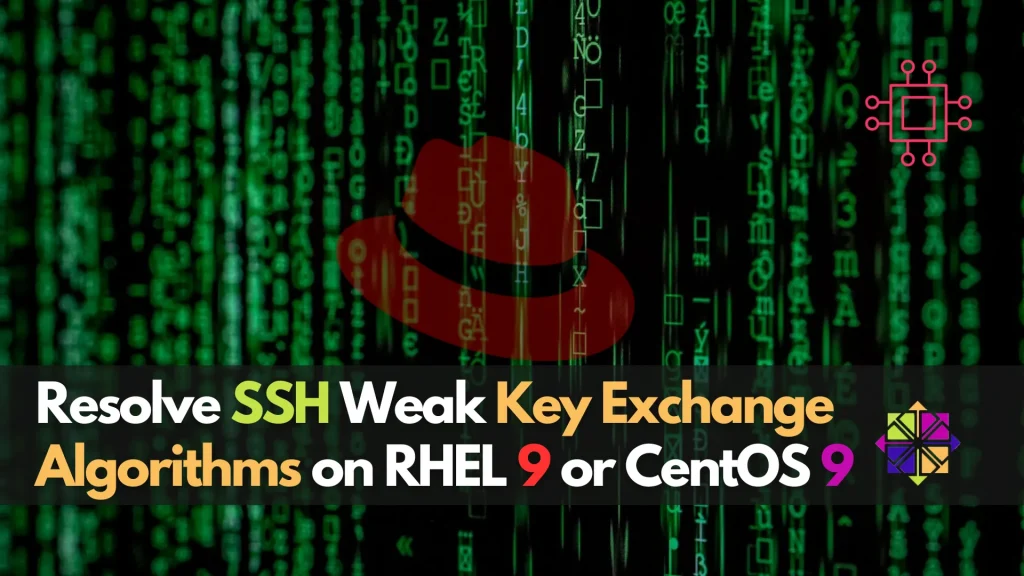
Learn how to resolve weak key exchange algorithms in SSH on RHEL 9 and CentOS 9. This step-by-step guide provides troubleshooting tips, solutions, and CLI examples to help secure your SSH connections. Table of Contents Introduction SSH (Secure Shell) is a critical protocol for securely managing servers, especially on Linux-based distributions like RHEL 9 and CentOS 9. […]
Building a Docker Image from Scratch on Ubuntu 24.04
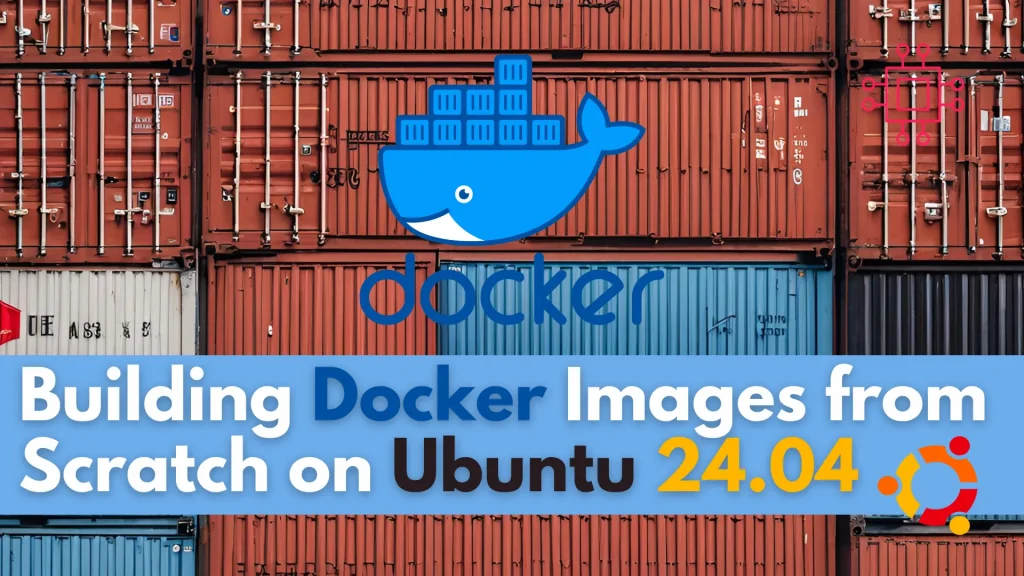
Learn how to build a Docker image from scratch on Ubuntu 24.04 with step-by-step instructions and optimization tips for security, performance, and minimalism. Table of Contents Introduction In today’s fast-paced world of software development, containerization has become an essential tool. Docker is at the forefront of this revolution, providing a way to package applications and […]
How to Maintain a Security Warning Banner in Zabbix with Ansible
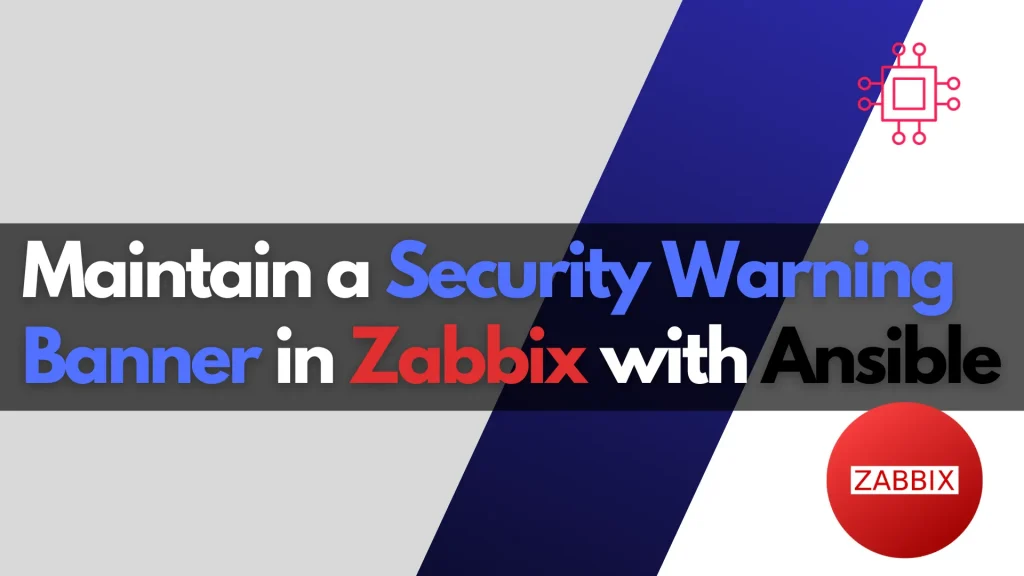
Learn how to use Ansible to automate the maintenance of a security warning banner in Zabbix. Step-by-step instructions, CLI examples, and best practices for ensuring security compliance across your infrastructure. Table of Contents Introduction In today’s world, maintaining robust security is paramount. For organizations using Zabbix, an open-source monitoring software, ensuring that a security warning banner […]
How to Set Up and Configure Ansible for DevOps Automation
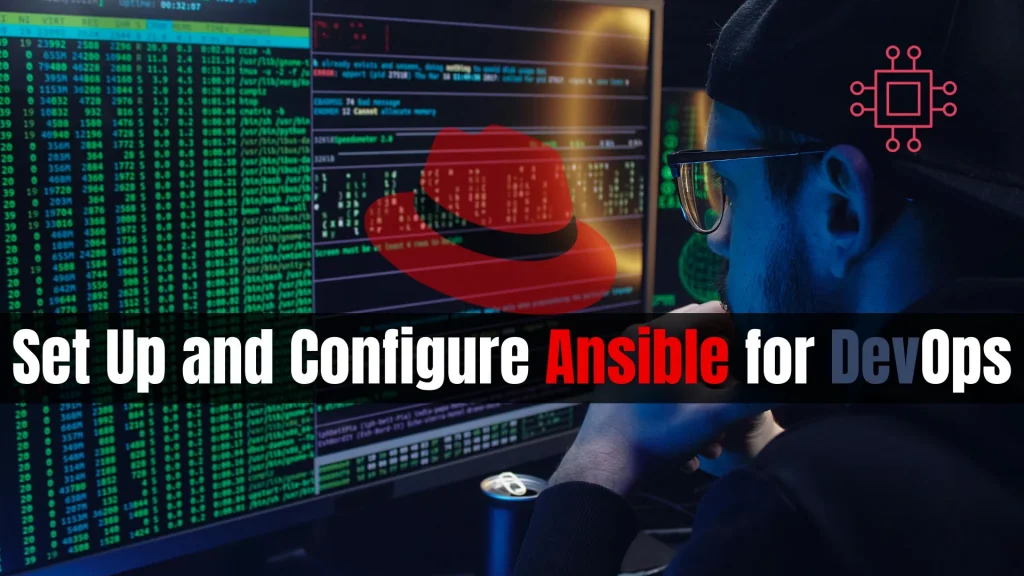
Learn how to set up and configure Ansible for DevOps automation with our step-by-step guide. Improve your workflow and productivity with Ansible for efficient infrastructure management. Table of Contents Introduction Ansible is an open-source automation tool that simplifies the process of automating configuration management, application deployment, and task execution in DevOps environments. With its straightforward […]
Install Portainer CE for Managing Docker on CentOS 9
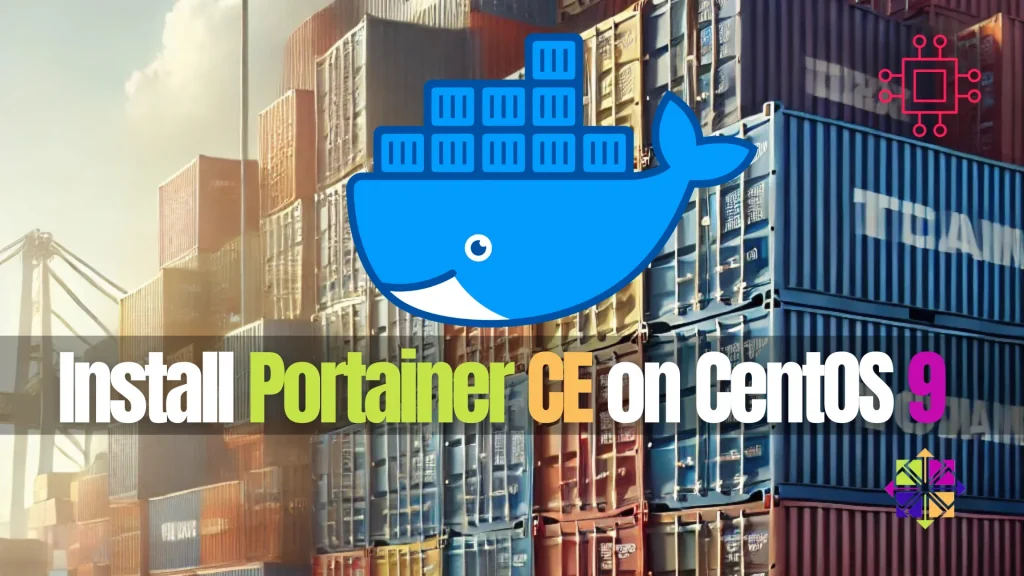
Learn how to install and configure Portainer CE on CentOS 9 for efficient Docker management. Follow our step-by-step guide with CLI examples to get started today. Table of Contents Introduction Managing Docker containers efficiently can be challenging without a graphical interface. Portainer Community Edition (CE) simplifies this task by providing a user-friendly web interface for […]
Setting Up Local DNS Server on CentOS 9 with BIND
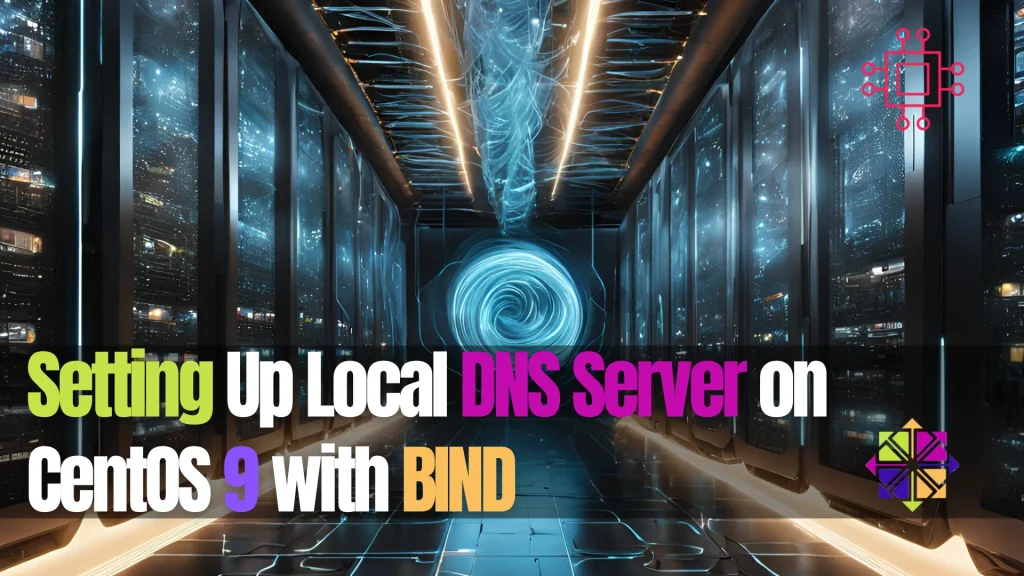
Learn how to set up a local DNS server on CentOS 9 using BIND, with detailed instructions, CLI examples, and best practices for managing DNS zones and records. Table of Contents Introduction In today’s world of networked systems, DNS (Domain Name System) is one of the most critical components. It helps resolve human-readable domain names […]
Install KeePass on Rocky Linux 9.5: A Complete Guide
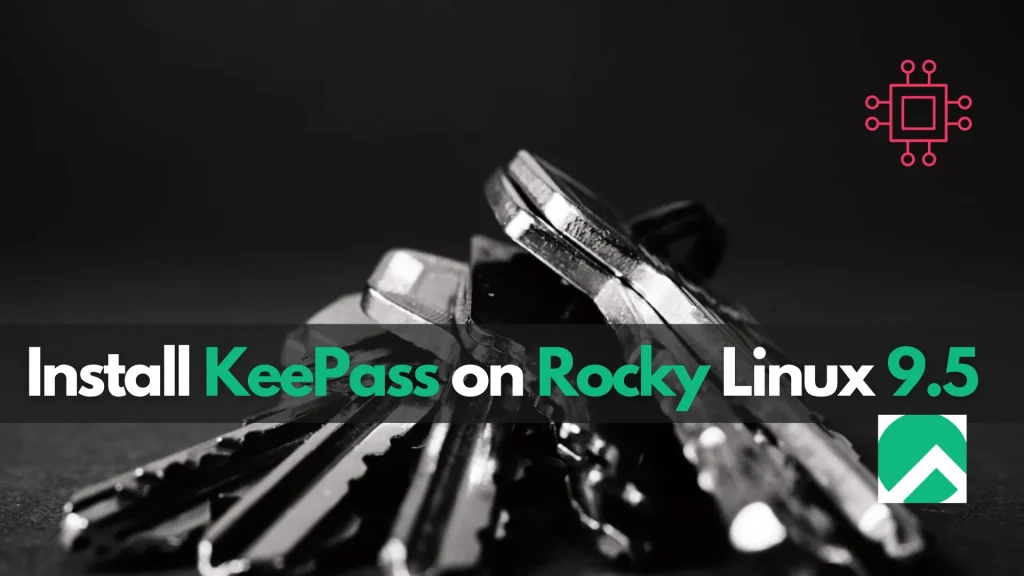
Learn how to install KeePass on Rocky Linux 9.5, including steps to create a key file for enhanced security. Follow this detailed guide for secure password management. Table of Contents Introduction Are you looking to secure your passwords on Rocky Linux 9.5? KeePass is a popular, open-source password manager that can help you store your passwords […]
Python Script for Batch Resizing Images
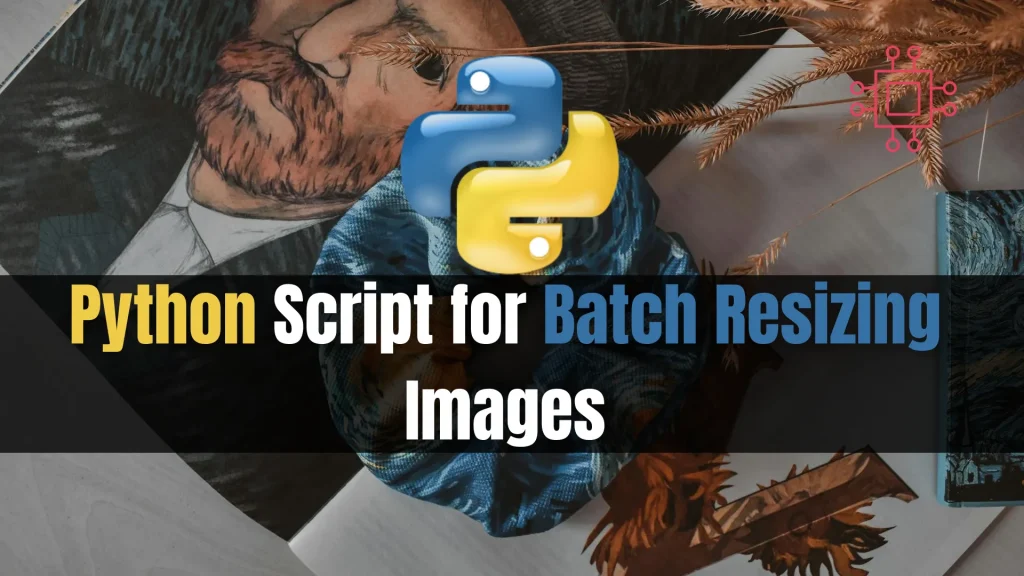
Learn how to batch resize images (PNG, JPEG, etc.) using a Python script. Optimize your website or project by automating image resizing with the Pillow library. Table of Contents Introduction Are you working with a large collection of images and need to resize them all at once? If you’re managing an e-commerce store, running a […]
Managing GPT and MBR Partitions in Linux with CLI Tools
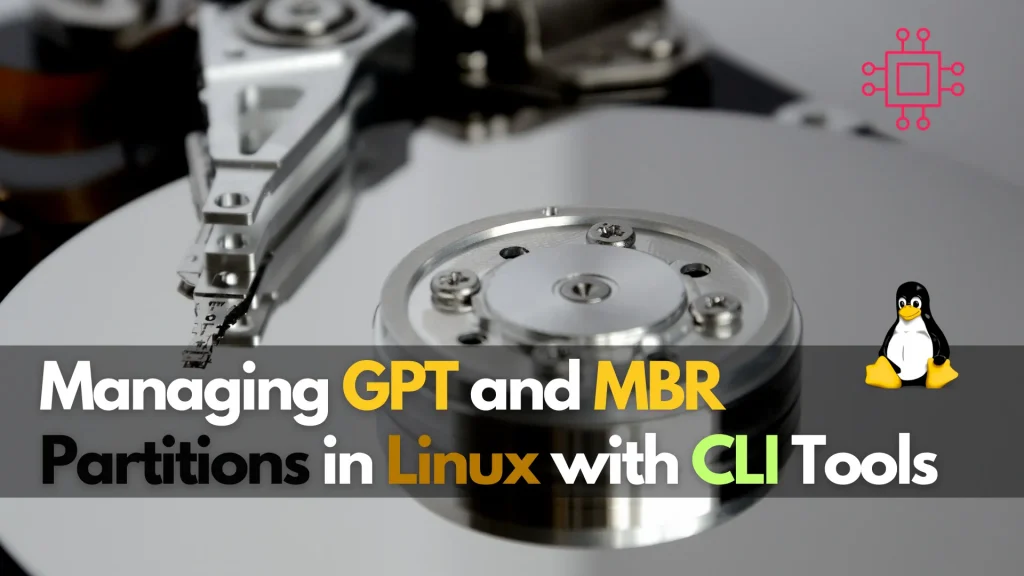
Learn how to manage GPT and MBR partitions in Linux using powerful CLI tools like fdisk, gdisk, and parted. This guide covers creating, deleting, resizing, and formatting partitions. Table of Contents Introduction In modern Linux systems, managing disk partitions is an essential task for system administrators and enthusiasts alike. Whether you’re working with a fresh […]
